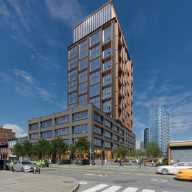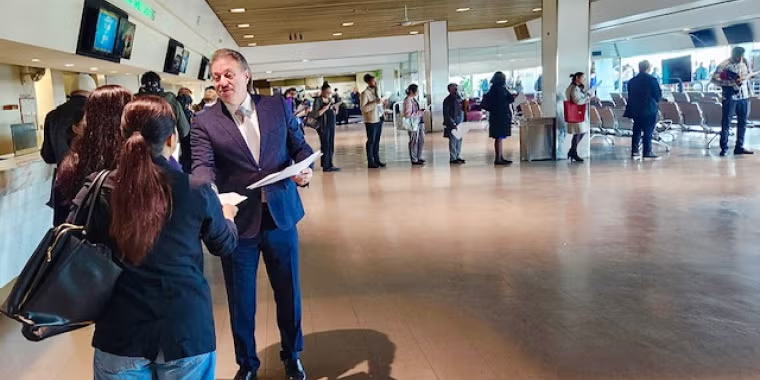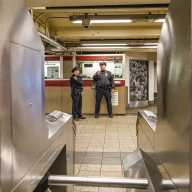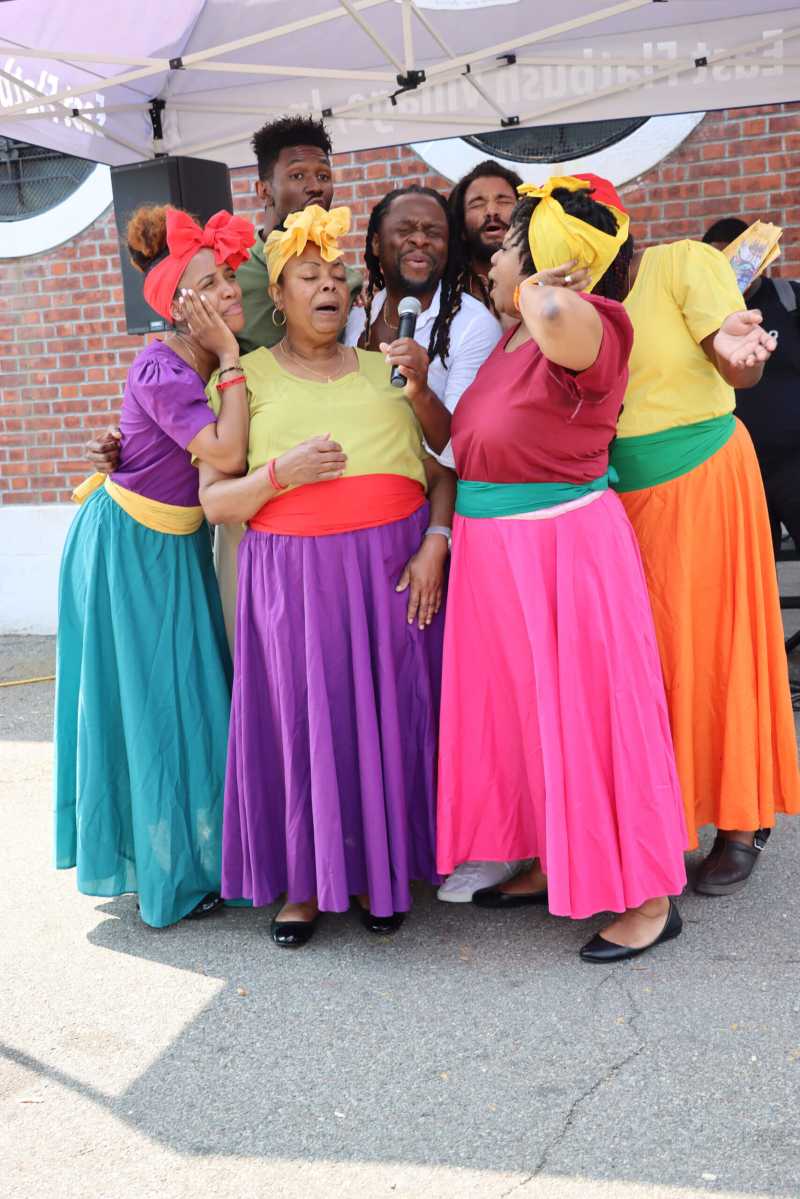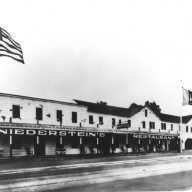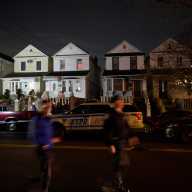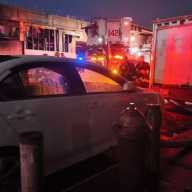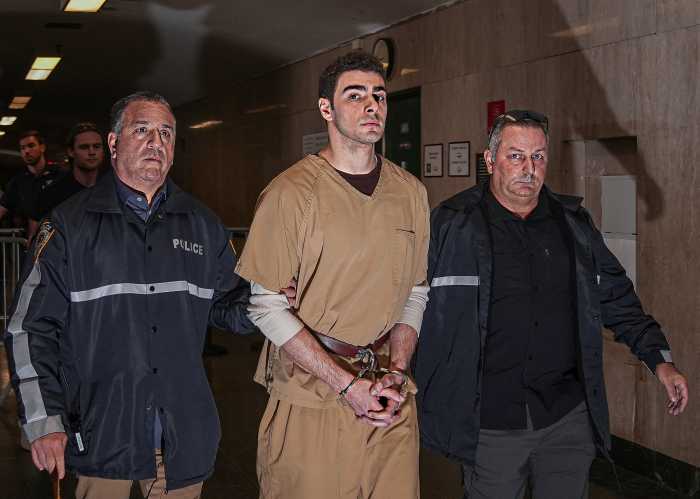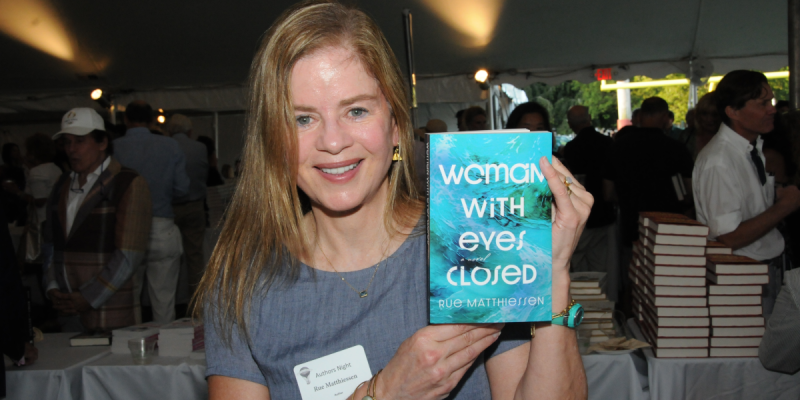Queens has most of New York Citys improperly wired street lights and traffic signals, according to a report filed with the State Public Service Commission (PSC), which is investigating street electrical hazards.
The detailed inquiry was launched after a woman was electrocuted when she stepped onto a metal plate covering street repairs last January. Seeking the root cause of this problem the PSC then demanded the locations where similar potentially hazardous "stray voltage" problems could arise.
Prepared by the citys Department of Transportation (DOT), the report lists more than 2,200 Queens electrical utilities nearly four times that of Manhattan, and eight times greater than the Bronx are being fed electricity via temporary wiring until final repairs can be made to their power supply.
Conceding that some repair sites were nine years old, Con Edison will no longer use the temporary shunts to provide power to street lights. Spokesman Chris Olert said that additional workers are being added to eliminate the existing backlog and to make permanent repairs as expeditiously as possible. Contributing to the delays, he said, were the record storms and inclement weather during the past two winters.
Councilman John Liu, the chairman of the City Councils Transportation Committee, which oversees street repairs, declared, "We have pending legislation in the City Council which would require periodic inspections of work done by Con Ed on the electrical infrastructure."
While inspecting a 150-foot extension cord, he called Con Edisons average two-and-a-half-year delay in making permanent repairs "completely unacceptable."
Repairing the citys street utilities operates on a prescribed schedule:
The DOT has a contractor that is responsible for dealing with problems affecting street lights and traffic signals. If the problem is the citys responsibility for example, a burned out lamp or defective timer the contractor will repair it.
If the problem is with the power supply at the street utilitys entry point, the contractor files a "stop tag" order with Con Edison and places specially designed tape around the utility pole so that Con Edison can permanently provide power for the unit within 10 days.
However, the citys report charged that Con Edison has only temporarily connected street lamps and traffic signals with shunts, or overhead wiring, to nearby working units.
Calling this provisional wiring "nothing more than glorified extension cords" that are being used as permanent repairs, the city says that these stopgap measures have grown by 60% during the past 12 months.
The report called overhead wiring dangerous because its insulation can wear out more quickly due to weather, and its "stray voltage" could shock someone touching the street utility. Alarmingly, the report pointed out that while the average age of the temporary wiring exceeds two-and-a-half years, some go back as far as 1993.











